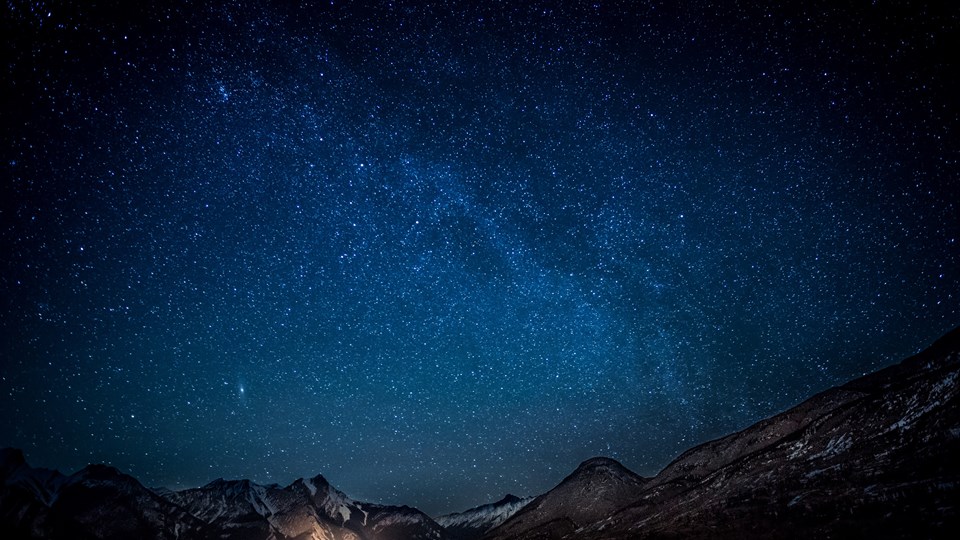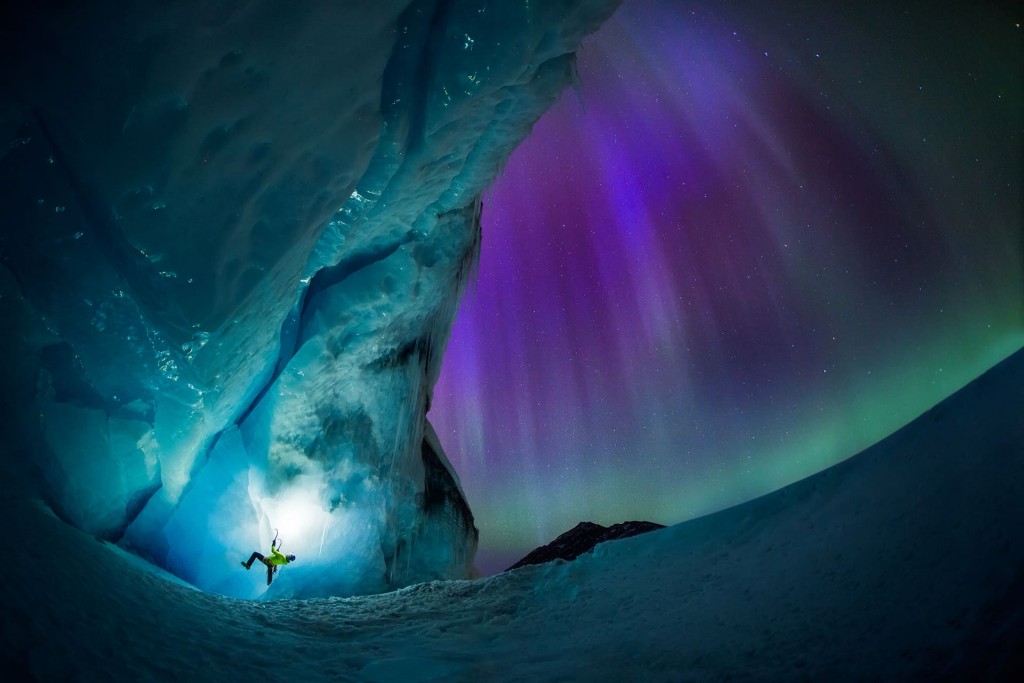

But these preserves don’t happen on their own: Cities, park services, residents, and tourism boards all come together to make the skies go dark in unique partnerships.ĭownload the mobile app to plan on the go. As information emerges about the health and ecological damage that light pollution creates, more communities and parks are taking steps to achieve Dark Sky Preserve status. Jasper is the second largest Dark Sky Preserve in the world, and on moonless nights, that black expanse of space looks dusted in the powdered sugar of millions of stars.īeauty in Jasper is just as present at night as it is during the day, but creating an environment where the night can shine takes more than just dimming the lights.

We then continued outside to peer at nebulas and dying stars through the largest telescope in the Rockies. Inside the planetarium, which hosts a celestial educational program, the universe swirled around and above us in the new 50-seat dome, as a “star guide” led us on a journey through our galaxy. I have ventured out with a group into the bone-breaking cold to stargaze in one of the darkest places in the park, after a show at the Fairmont Jasper Park Lodge Planetarium.

It is the dead of night, and I am here for one of the main attractions in Alberta’s largest national park: stargazing. I’m standing on the edge of a cliff in Jasper National Park, high in the Canadian Rockies in Alberta.
JASPER NATIONAL PARK NORTHERN LIGHTS FULL
The temperature at what seems like the top of the world is brutal, cold enough to steal your breath away-but so is the view spread before me in the full moon glow.


 0 kommentar(er)
0 kommentar(er)
